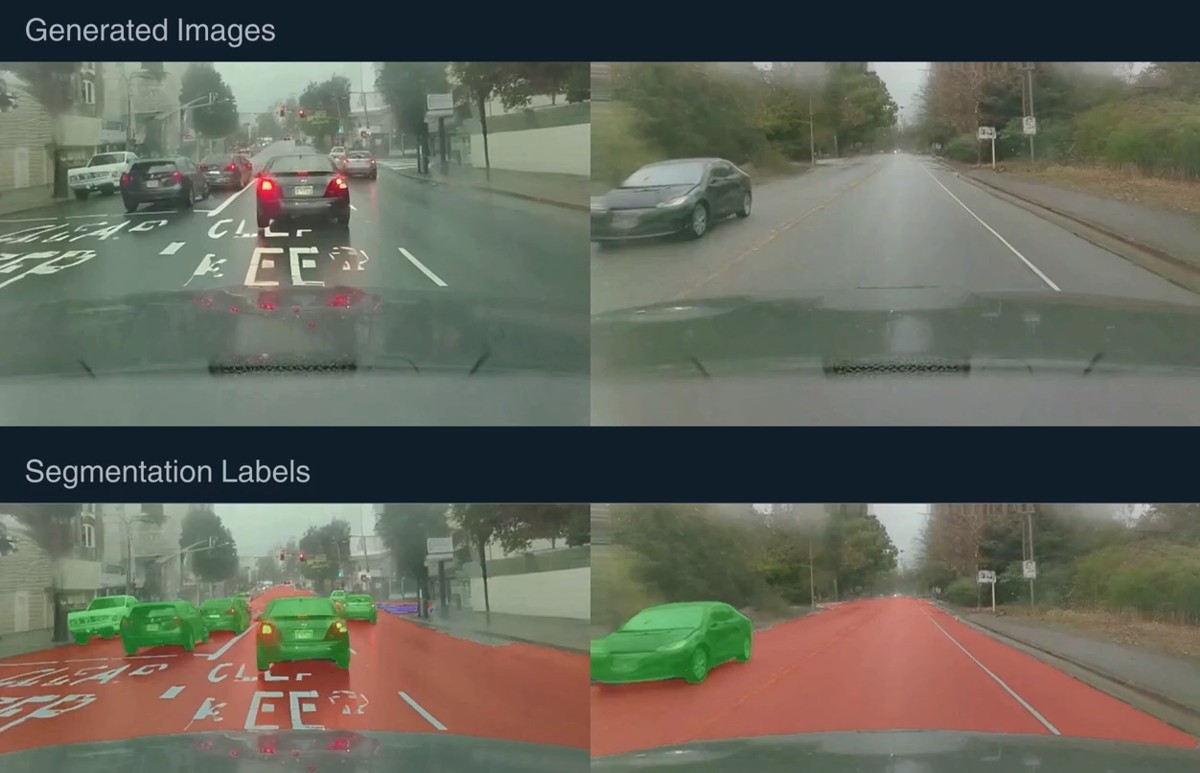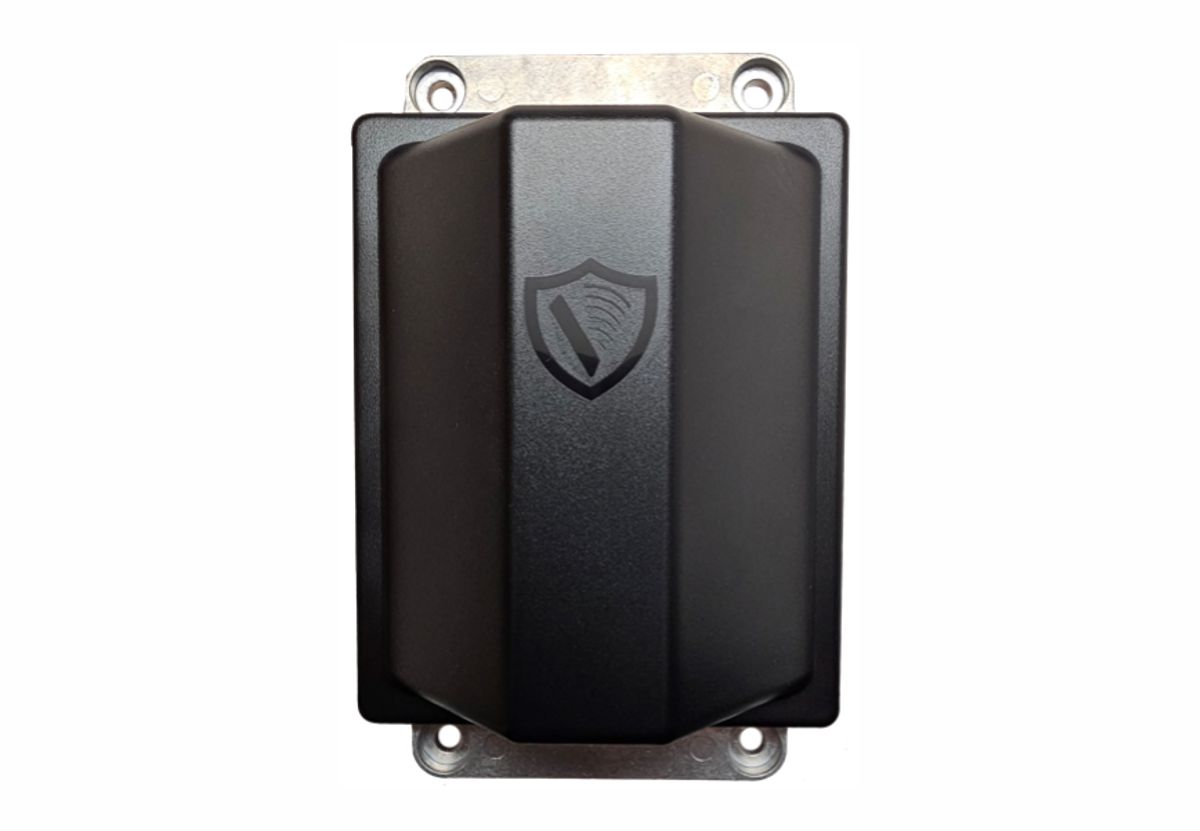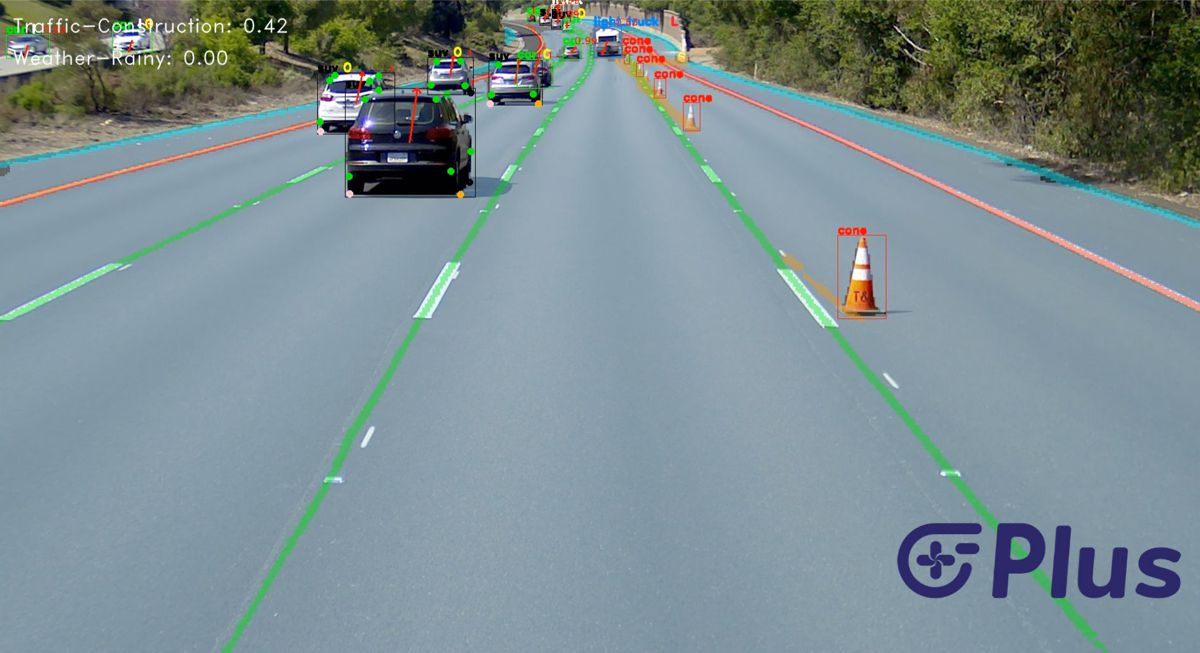The hidden dangers of Electric Vehicle battery fires
Like a fire in a wall, fires in electric vehicle (EV) batteries burn unseen. Firefighters can squelch the visible flames in an EV fire, but chemicals inside the battery continue to burn because firefighters cannot reach the source.
Researchers at Missouri S&T are working with mine operators and firefighting agencies to plan for and mitigate EV fire risks.
“EV battery fires start with an uncontrolled chemical reaction inside the battery that releases a huge amount of heat and continues until the reaction has completed,” says Dr. Guang Xu, associate professor of mining engineering. “Also, a chemical fire releases more toxic gases than a gasoline- or diesel-powered vehicle fire.”
When parked, EVs are typically connected to a power source, which can start a fire, Xu says. A faulty part could also start a fire, like spontaneous combustion in cell phones.
Xu recently led a workshop at Missouri S&T to address EV fire risks. Attendees included vehicle manufacturers, industrial EV users, fire safety experts and university researchers. Participants visited Xu’s lab on fire safety and learned more about S&T’s research involving battery materials and performance as well as mining emergency rescue.
Xu says that mine operators are particularly concerned about fire because of mining’s growing use of EVs in everything from development to production. Miners could become trapped underground by an EV fire, which produces toxic amounts of hydrofluoric acid that can cause lung injury, pulmonary edema or death.
“Last year, workers at a mine in the U.S. had to flee an EV fire,” says Xu. “Everyone escaped safely, but the mine had to close for a week at great economic cost.”
The fire risk transcends mining to city bus fleets, ships that carry EVs, airports and parking garages. Xu says there is currently no standard procedure to calculate and prepare for risk. His research evaluates risk preparation to minimize human danger and property damage.
Xu is working with other researchers at Missouri S&T. Dr. Jonathan Kimball, chair of electrical and computer engineering at Missouri S&T, is developing fast-charging EV batteries. Dr. Jonghyun Park, associate professor of mechanical and aerospace engineering, focuses on battery power efficiency and safety.
“The chemistries used for making batteries are combustible and bring a new source of fire risks,” Xu says. “We want to develop preparation and mitigation standards to help EV users, firefighters and others know what to do.”















